Savings Wave is an adware program that displays coupons, advertisements and sponsored links via a pop-up box on Google, Youtube, Amazon, Facebook and other websites that you are visiting.
Savings Wave pop-up ads will be shown as boxes containing various coupons that are available or as underlined keywords, which when clicked will display an advertisement that states it is brought to you by Savings Wave.
![Savings Wave pop-up ads [Image: Savings Wave pop-up ads]](http://malwaretips.com/blogs/wp-content/uploads/2013/09/Savings-Wave-popup.jpg)
![Savings Wave virus [Image: Savings Wave virus]](http://malwaretips.com/blogs/wp-content/uploads/2013/09/Savings-Wave-virus.jpg)
The Savings Wave adware infection is designed specifically to make money. It generates web traffic, collects sales leads for other dubious sites, and will display advertisements and sponsored links within your web browser.
Savings Wave it’s technically not a virus, but it does exhibit plenty of malicious traits, such as rootkit capabilities to hook deep into the operating system, browser hijacking, and in general just interfering with the user experience. The industry generally refers to it as a “PUP,” or potentially unwanted program.
Savings Wave is an extension for Internet Explorer, Firefox and Chrome that is typically added when you install another free software (video recording/streaming, download-managers or PDF creators) that had bundled into their installation this adware program. When you install these free programs, they will also install Savings Wave as well. Some of the programs that are known to bundle Savings Wave include 1ClickDownload, Superfish, Yontoo and FBPhotoZoom.
When installed, whenever you will visit Expedia, Best Buy, Facebook or any other similar websites, Savings Wave will display on product images a See Similar button, which when clicked will show you ads by Savings Wave.
Savings Wave will also display advertising banners on the webpages that you are visiting, and as you browse Internet, it will show coupons and other deals available on different websites.
You should always pay attention when installing software because often, a software installer includes optional installs, such as this Savings Wave adware. Be very careful what you agree to install.
Always opt for the custom installation and deselect anything that is not familiar, especially optional software that you never wanted to download and install in the first place. It goes without saying that you should not install software that you don’t trust.
How to remove Savings Wave pop-up ads (Removal Guide)
This page is a comprehensive guide, which will remove Savings Wave from Internet Explorer, Firefox and Google Chrome.
Please perform all the steps in the correct order. If you have any questions or doubt at any point, STOP and ask for our assistance.
STEP 1: Uninstall Savings Wave programs from your computer
STEP 2: Remove Savings Wave extensions from your web browser
STEP 3: Remove Savings Wave adware with AdwCleaner
STEP 4: Remove Savings Wave virus with Malwarebytes
STEP 5: Double-check for the Savings Wave infection with HitmanPro
STEP 1 : Uninstall Savings Wave malicious programs from Windows
In this first step, we will try to identify and remove any malicious program that might be installed on your computer.
- To uninstall Savings Wave from your computer, click the Start button, then select Control Panel, and click on Uninstall a program.
If you are using Windows 8, simply drag your mouse pointer to the right edge of the screen, select Search from the list and search for “control panel“. Or you can right-click on a bottom left hot corner (formerly known as the Start button) and select Control Panel from there, then select Uninstall a program.
![Click on Uninstall a program [Image: Uninstall a program]](data:image/gif;base64,R0lGODlhAQABAAAAACH5BAEKAAEALAAAAAABAAEAAAICTAEAOw==)
- When the Add/Remove Programs or the Uninstall a Program screen is displayed, scroll through the list of currently installed programs and uninstall Savings Wave and any other recently installed or unknown programs from your computer.
![Uninstall Savings Wave malicious programs from Windows [Image: Uninstall Savings Wave malicious programs from Windows]](data:image/gif;base64,R0lGODlhAQABAAAAACH5BAEKAAEALAAAAAABAAEAAAICTAEAOw==)
Depending on what program has installed the Savings Wave adware infection, the above program may have a different name or not be installed on your computer. If you cannot find any unwanted or unknown programs on your machine, then you can proceed with the next step.
STEP 2 : Remove the Savings Wave ads from your web browser
Remove Savings Wave Ads from Internet Explorer
- Open Internet Explorer, click on the gear icon
![Remove "Savings Wave" pop-up virus (Removal Guide) 1 [Image: icongear.jpg]](data:image/gif;base64,R0lGODlhAQABAAAAACH5BAEKAAEALAAAAAABAAEAAAICTAEAOw==) (Tools for Windows XP users) at the top (far right), then click again on Internet Options.
(Tools for Windows XP users) at the top (far right), then click again on Internet Options.

- In the Internet Options dialog box, click on the Advanced tab, then click on the Reset button.

- In the Reset Internet Explorer settings section, check the Delete personal settings box, then click on Reset.

- When Internet Explorer finishes resetting, click Close in the confirmation dialogue box and then click OK.
- Close and open Internet Explorer.
Remove Savings Wave ads from Mozilla Firefox
- At the top of the Firefox window, click the orange Firefox button, then select Add-ons.

- Select the Extensions tab, then remove Savings Wave and any other unknown extensions from Mozilla Firefox.
![Savings Wave Firefox Extension [Image: Savings Wave Firefox Extension]](data:image/gif;base64,R0lGODlhAQABAAAAACH5BAEKAAEALAAAAAABAAEAAAICTAEAOw==)
Remove Savings Wave ads from Google Chrome
- Click the Chrome menu
 button on the browser toolbar, select Tools and then click on Extensions.
button on the browser toolbar, select Tools and then click on Extensions.

- In the Extensions tab,remove Savings Wave 1.0, DefaultTab, MixiDJ Toolbar and any other unknown extensions by clicking the trash can
![Remove an extension from Chrome [Image: Remove an extension from Chrome]](data:image/gif;base64,R0lGODlhAQABAAAAACH5BAEKAAEALAAAAAABAAEAAAICTAEAOw==) icon
icon
Basically, if you have not installed an extension, you should remove it from your web browser.
![Savings Wave Chrome extension [Image: Savings Wave Chrome extension]](data:image/gif;base64,R0lGODlhAQABAAAAACH5BAEKAAEALAAAAAABAAEAAAICTAEAOw==)
STEP 3: Remove Savings Wave adware with AdwCleaner
The AdwCleaner utility will scan your computer for the Savings Wave malicious files and registry keys that may have been installed on your computer without your knowledge.
- You can download AdwCleaner utility from the below link.
ADWCLEANER DOWNLOAD LINK (This link will automatically download AdwCleaner on your computer) - Before starting AdwCleaner, close all open programs and internet browsers, then double-click on the AdwCleaner icon.
![AdwCleaner Icon [Image: AdwCleaner Icon]](data:image/gif;base64,R0lGODlhAQABAAAAACH5BAEKAAEALAAAAAABAAEAAAICTAEAOw==)
If Windows prompts you as to whether or not you wish to run AdwCleaner, please allow it to run. - When the AdwCleaner program will open, click on the Scan button as shown below.
![Click on Scan button to search for Savings Wave infection [Image: Adwcleaner Scan]](data:image/gif;base64,R0lGODlhAQABAAAAACH5BAEKAAEALAAAAAABAAEAAAICTAEAOw==)
AdwCleaner will now start to search for Savings Wave malicious files that may be installed on your computer. - To remove the Savings Wave malicious files that were detected in the previous step, please click on the Clean button.
![Click on the Clean button to remove Savings Wave [Image: AdwCleaner removing infections]](data:image/gif;base64,R0lGODlhAQABAAAAACH5BAEKAAEALAAAAAABAAEAAAICTAEAOw==)
AdwCleaner will now prompt you to save any open files or data as the program will need to reboot the computer. Please do so and then click on the OK button.
STEP 4: Remove Savings Wave virus with Malwarebytes Anti-Malware Free
- You can download Malwarebytes Anti-Malware Free from the below link, then double-click on the icon named mbam-setup.exe to install this program.
MALWAREBYTES ANTI-MALWARE DOWNLOAD LINK(This link will open a download page in a new window from where you can download Malwarebytes Anti-Malware Free) - When the installation begins, keep following the prompts in order to continue with the setup process, then at the last screen click on the Finish button.
![Malwarebytes Anti-Malware installation screen [Image: Malwarebytes Anti-Malware final installation screen]](data:image/gif;base64,R0lGODlhAQABAAAAACH5BAEKAAEALAAAAAABAAEAAAICTAEAOw==)
- On the Scanner tab, select Perform quick scan, and then click on the Scan button to start searching for the Savings Wave malicious files.
![Run a Quick Scan with Malwarebytes Anti-Malware [Image: Malwarebytes Anti-Malware Quick Scan]](data:image/gif;base64,R0lGODlhAQABAAAAACH5BAEKAAEALAAAAAABAAEAAAICTAEAOw==)
- Malwarebytes’ Anti-Malware will now start scanning your computer for Savings Wave as shown below.
![Malwarebytes Anti-Malware scanning for Savings Wave [Image: Malwarebytes Anti-Malware scanning for Savings Wave virus]](data:image/gif;base64,R0lGODlhAQABAAAAACH5BAEKAAEALAAAAAABAAEAAAICTAEAOw==)
- When the Malwarebytes Anti-Malware scan has finished, click on the Show Results button.
![Malwarebytes when the system scan has completed [Image: Malwarebytes Anti-Malware scan results]](data:image/gif;base64,R0lGODlhAQABAAAAACH5BAEKAAEALAAAAAABAAEAAAICTAEAOw==)
- You will now be presented with a screen showing you the computer infections that Malwarebytes Anti-Malware has detected. Make sure that everything is Checked (ticked), then click on the Remove Selected button.
![Malwarebytes Anti-Malwar removing Savings Wave [Image: Malwarebytes Anti-Malwar removing Savings Wave]](data:image/gif;base64,R0lGODlhAQABAAAAACH5BAEKAAEALAAAAAABAAEAAAICTAEAOw==)
STEP 5: Double-check for the Savings Wave infection with HitmanPro
- You can download HitmanPro from the below link:
HITMANPRO DOWNLOAD LINK (This link will open a web page from where you can download HitmanPro) - Double-click on the file named HitmanPro.exe (for 32-bit versions of Windows) or HitmanPro_x64.exe (for 64-bit versions of Windows). When the program starts you will be presented with the start screen as shown below.

Click on the Next button, to install HitmanPro on your computer.

- HitmanPro will now begin to scan your computer for Savings Wave malicious files.

- When it has finished it will display a list of all the malware that the program found as shown in the image below. Click on the Next button, to remove Savings Wave adware.

- Click on the Activate free license button to begin the free 30 days trial, and remove all the malicious files from your computer.
![HitmanPro free 30 days trial [Image: HitmanPro 30 days activation button]](data:image/gif;base64,R0lGODlhAQABAAAAACH5BAEKAAEALAAAAAABAAEAAAICTAEAOw==)
Your computer should now be free of the Savings Wave infection. If your current anti-virus solution let this infection through, you may want to consider purchasing the PRO version of Malwarebytes Anti-Malware to protect against these types of threats in the future, and perform regular computer scans with HitmanPro.
If you are still experiencing problems while trying to remove Savings Wave virus from your machine, please start a new thread in our Malware Removal Assistance forum.

![Click on Uninstall a program [Image: Uninstall a program]](http://malwaretips.com/blogs/wp-content/uploads/2013/03/uninstall-a-program-windows.jpg)
![Uninstall Savings Wave malicious programs from Windows [Image: Uninstall Savings Wave malicious programs from Windows]](http://malwaretips.com/blogs/wp-content/uploads/2013/09/Savings-Wave-uninstall.jpg)
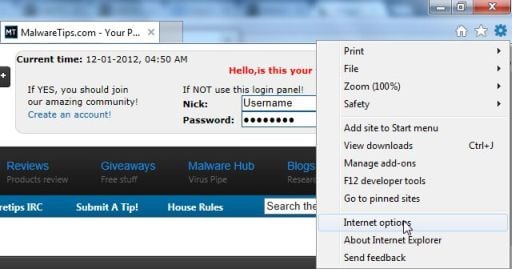
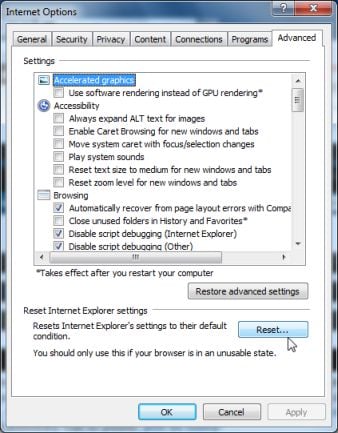
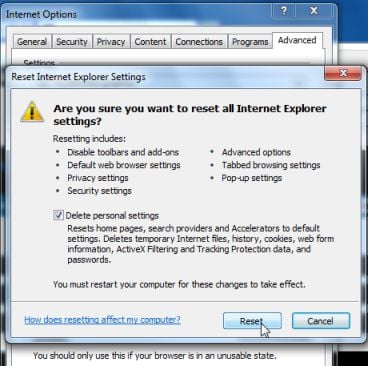
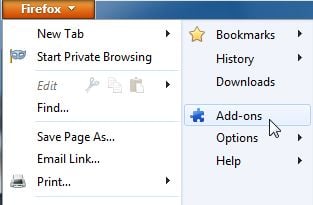
![Savings Wave Firefox Extension [Image: Savings Wave Firefox Extension]](http://malwaretips.com/blogs/wp-content/uploads/2013/09/Savings-Wave-Firefox-extensions.jpg)
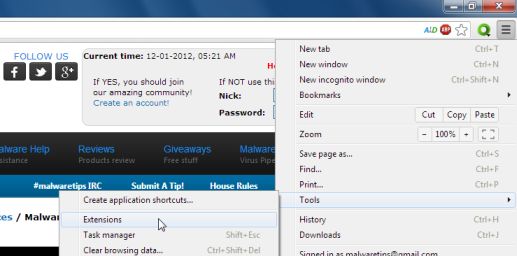
![Savings Wave Chrome extension [Image: Savings Wave Chrome extension]](http://malwaretips.com/blogs/wp-content/uploads/2013/09/Savings-Wave-Chrome-extensions.jpg)
![Click on Scan button to search for Savings Wave infection [Image: Adwcleaner Scan]](http://malwaretips.com/blogs/wp-content/uploads/2013/08/adwcleaner-scan.jpg)
![Click on the Clean button to remove Savings Wave [Image: AdwCleaner removing infections]](http://malwaretips.com/blogs/wp-content/uploads/2013/08/adwcleaner-cleanup.jpg)
![Malwarebytes Anti-Malware installation screen [Image: Malwarebytes Anti-Malware final installation screen]](http://malwaretips.com/blogs/wp-content/uploads/2013/01/malwarebytes-installation.jpg)
![Run a Quick Scan with Malwarebytes Anti-Malware [Image: Malwarebytes Anti-Malware Quick Scan]](http://malwaretips.com/blogs/wp-content/uploads/2013/01/malwarebytes-quick-scan.jpg)
![Malwarebytes Anti-Malware scanning for Savings Wave [Image: Malwarebytes Anti-Malware scanning for Savings Wave virus]](http://malwaretips.com/blogs/wp-content/uploads/2013/01/malwarebytes-scan.jpg)
![Malwarebytes when the system scan has completed [Image: Malwarebytes Anti-Malware scan results]](http://malwaretips.com/blogs/wp-content/uploads/2013/01/malwarebytes-scan-results.jpg)
![Malwarebytes Anti-Malwar removing Savings Wave [Image: Malwarebytes Anti-Malwar removing Savings Wave]](http://malwaretips.com/blogs/wp-content/uploads/2013/01/malwarebytes-virus-removal.jpg)
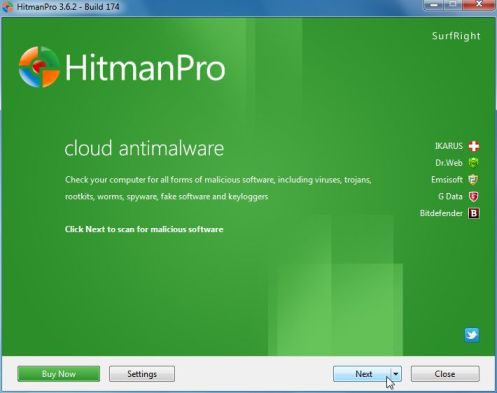
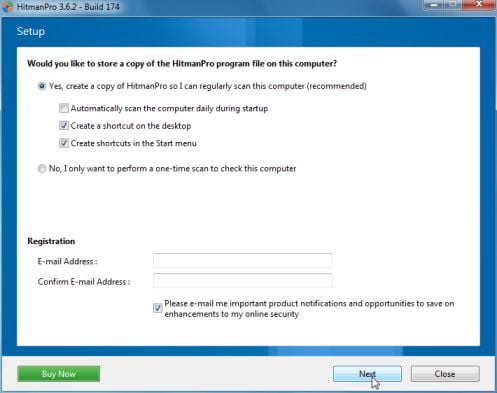
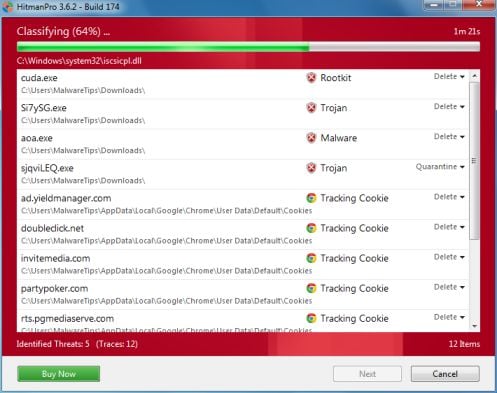
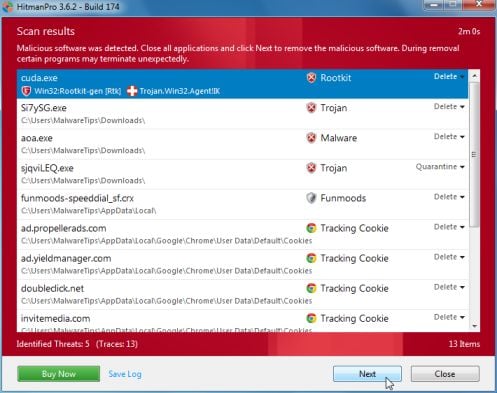
![HitmanPro free 30 days trial [Image: HitmanPro 30 days activation button]](http://malwaretips.com/blogs/wp-content/uploads/2012/11/hitmanpro-activation.jpg)









